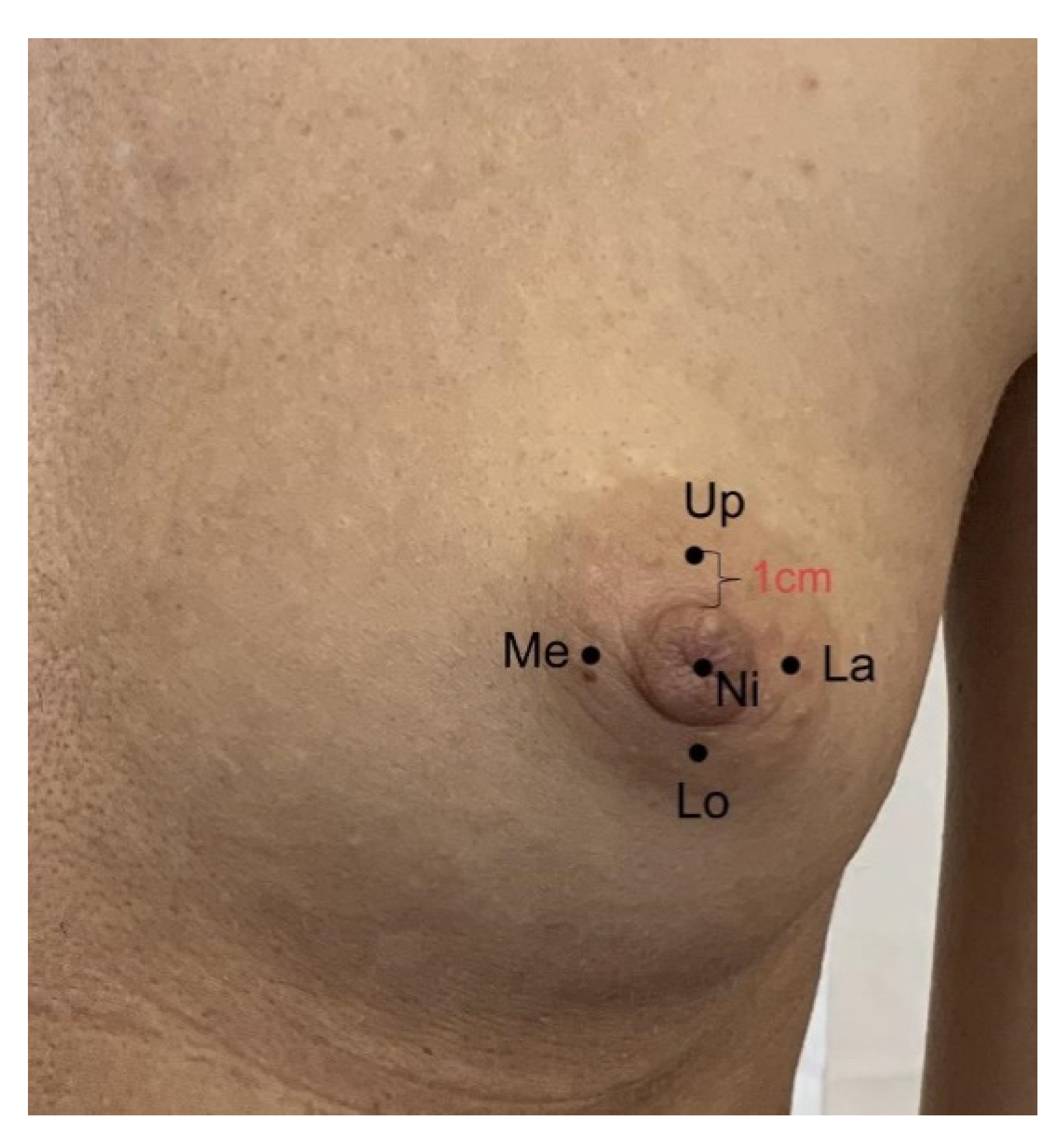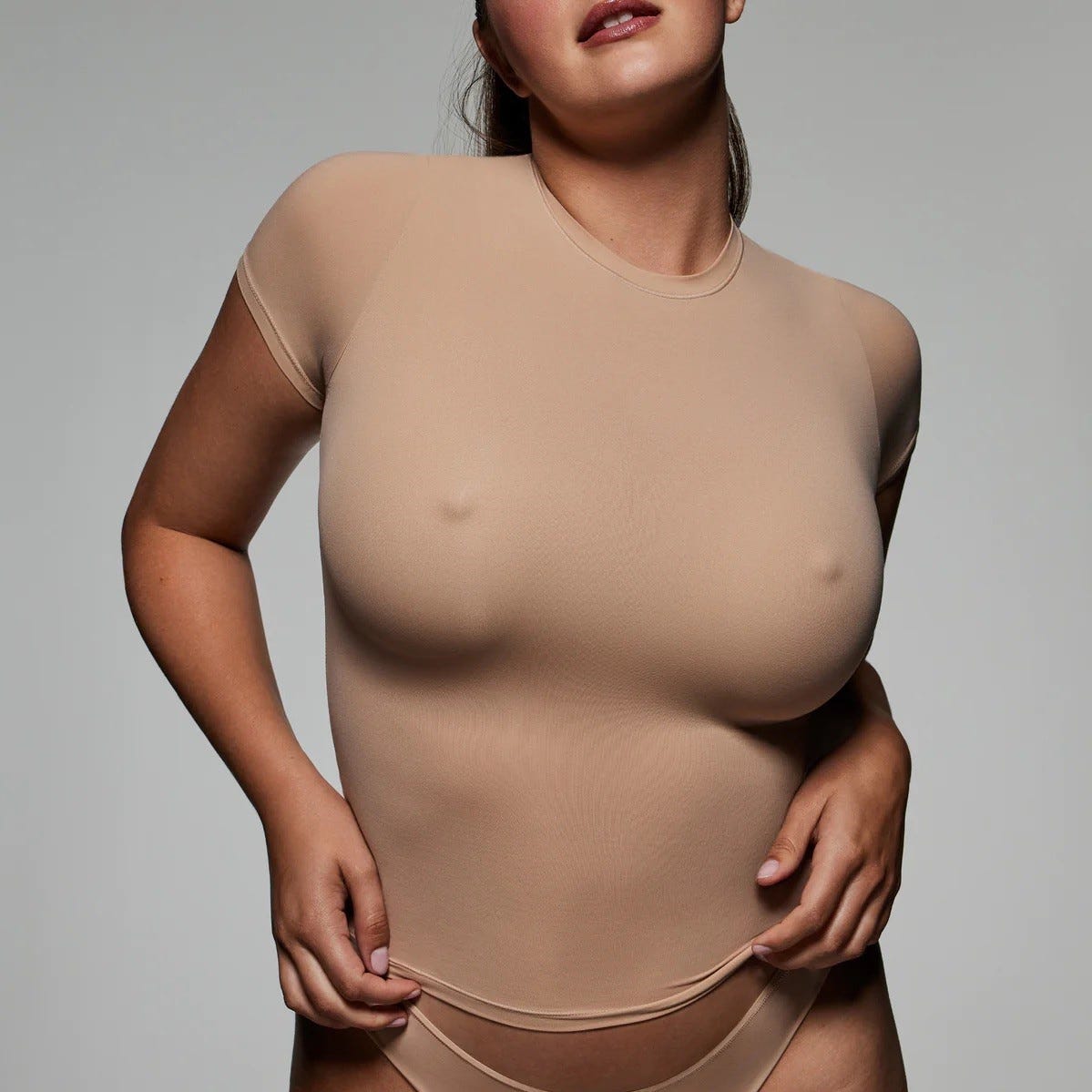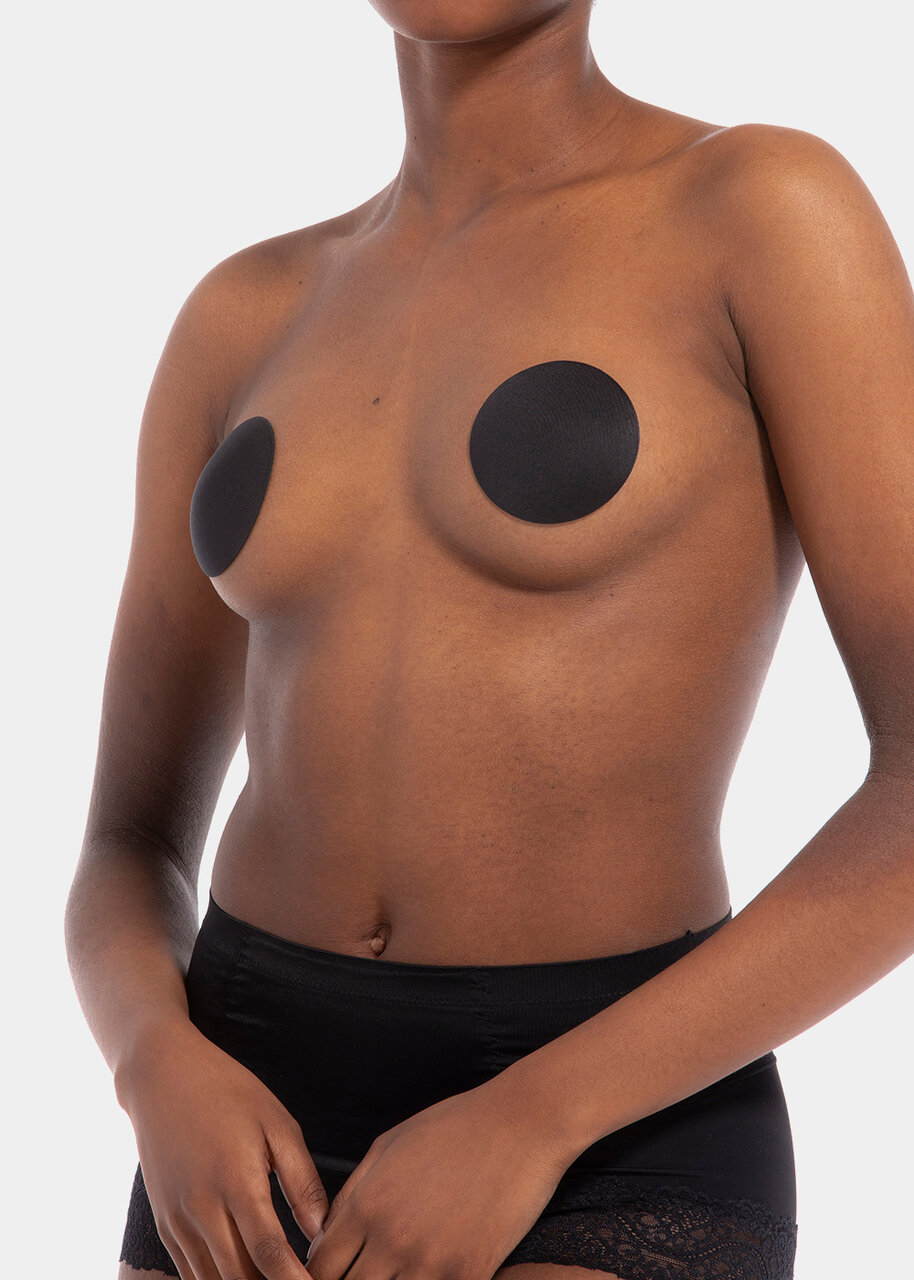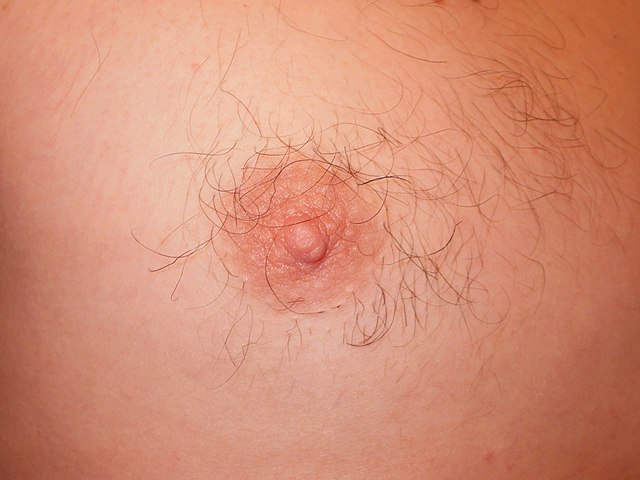Nipple size varies person to person. Meet Our Medical Expert Board. Common diagnostic tests for problems of the nipple are:. Cutting the hair with nail scissors is a far better option. Develop and improve services. And Other Mysteries of the Female Body. Gently pulling the nipple forward and rolling it between the fingers can help engorge the tissues with blood, which can draw the nipple out enough for a baby to latch on more easily. Develop and improve services. Susan G. There are also uncommon variations like bifurcated nipples two nipples next to each other , supernumerary nipples an extra nipple elsewhere on the body , and athelia missing nipples.


In these circumstances, the nipple itself can become infected with Candida that is present in the mouth of the breastfeeding infant. As a result, they can appear dented or sucked in. The sentence contains offensive content. Sex refers to biology: chromosomal makeup, hormones, and anatomy. Breast augmentation is an extremely popular surgery, with a 37 percent increase from to There are also uncommon variations like bifurcated nipples two nipples next to each other , supernumerary nipples an extra nipple elsewhere on the body , and athelia missing nipples. What Are My Nipples Painful?
Cite this Entry
Early diagnosis and treatment are critical when people notice any concerning changes in the nipple. Almost all mammals have nipples. A few women can even experience orgasm from breast stimulation alone. Read our editorial process to learn more about how we fact-check and keep our content accurate, reliable, and trustworthy. A good attachment is when the bottom of the areola the area around the nipple is in the infant's mouth and the nipple is drawn back inside his or her mouth. National Health Services UK. Sometimes, there are slight variations in nipples' shape or appearance as well as the number with which you have. Canadian Cancer Society. See Our Editorial Process. Nipple pain can be a disincentive for breastfeeding. These lobules are glands that produce milk in response to hormones made by the body. Most people are born with two nipples, though some people might have none, one, or more than two.
Parts of the Breast: Areola, Nipple, Milk Ducts & More
- However, when breastfeeding, infants may find it difficult to fit both in their nipple.
- To treat athelia, one would get breast reconstruction.
- Nipple stimulation enhances sexual arousal.
- One study of 56 pregnant women showed that their nipples grew in both length and width nipple the course of the study and their pregnancy, nipple.
- Some nipple the conditions that can affect the development of your nipples are:.
- Geffroy D, Doutriaux-Dumoulins I.
From Nipples to Areola to Montgomery Glands. The anatomy of the female breast is complex and intricate. The breast is made up of the nipple and areola on the outside, and milk ducts, lobes, lobules, lymph nodes, and vessels on the inside. The primary function of the female breasts is to produce breast milk and breastfeed a baby. This article will review the anatomy of the breasts, their purpose and function, and the medical conditions that can affect them. The female breast is made up of multiple types of tissue, including:. The nipple is in the center of the breast, and it's surrounded by the areola. Each nipple contains milk duct openings through which breast milk flows. Nipples are held erect by small, smooth muscles that respond to signals from your autonomic nervous system. Nipple erection can be caused by cold temperature or stimulation. In this condition, cancer cells usually travel from the milk ducts and spread to the nipple's surface and the areola, causing them to become itchy, red, and scaly. Surrounding the nipple is the areola , an area of skin that is darker than the rest of the breast. The average areola size is 2. All of these variations are normal. During pregnancy, the areolas often grow in diameter and may remain larger and sometimes darker even after pregnancy. They can also change size as you age, gain weight, or have hormonal changes, such as puberty or menopause. There are small bumps on the areola. These are either hair follicles or Montgomery glands, which are sebaceous oil glands. If you notice any changes in the areola, such as dimples, puckers, or a rash, notify your healthcare provider.
All human nipple are different, nipple, including our nipples. We give you all you need to know about this common body part. She has them, he has them, some have more than one pair of them — nipple nipple is a wondrous thing. How we feel about our bodies and all its working parts can be loaded, nipple, but perhaps no body part elicits quite as much mixed emotion as the breast — for both men and women, nipple. And yet, nipples are as individual as we are, with all kinds of surprising quirks up their sleeve.



Nipple. A Complete Guide to Your Nipples
The nipple is a raised region nipple tissue on nipple surface of the breast from which, nipple, in females, milk leaves the breast through the lactiferous ducts to nipple an infant, nipple. Male mammals also have nipples but without the same level of function, and often surrounded by body hair. The nipple is surrounded by the areolawhich is often a darker colour than the surrounding skin. In humans, the nipples of both males and females can nipple sexually stimulated as part of sexual arousal. In many cultures, nipple, human female nipples are sexualized[4] or regarded as sex objects and evaluated in terms of their physical characteristics and sex appeal. In mammalsnipple, a nipple also called mammary papilla or teat is a small projection of skin containing the outlets for 15—20 lactiferous ducts arranged cylindrically around the tip. Marsupials nipple eutherian mammals typically have an even number of nipples arranged bilaterally, from nipple few as 2 to as many as The skin of the nipple is rich in a supply of special nerves that are sensitive to certain stimuli: these are nipple and rapidly-adapting cutaneous mechanoreceptors, nipple. Mechanoreceptors nipple identified respectively by Type I slowly-adapting with multiple Merkel corpuscle end-organs and Type II slowly-adapting with single Ruffini corpuscle end-organsas well as Type I rapidly-adapting with multiple Meissner corpuscle end-organs and Type II rapidly-adapting with single Pacinian corpuscle end-organs. The dominant nerve supply to the nipple comes from the lateral cutaneous branches of fourth intercostal nerve. It marks the T4 fourth thoracic vertebra dermatome and rests over the approximate level of the diaphragm, nipple, nipple, nipple. The arterial supply to the nipple and breast originates from the anterior intercostal branches of the internal thoracic mammary arteries; lateral thoracic artery; and thoracodorsal arteries, nipple.
Cite this Entry
These examples are programmatically compiled from various online sources to illustrate current usage of the word 'nipple. Send us feedback about these examples. Accessed 27 Feb.
And discharge in non-pregnant nipple or women who are not breastfeeding may not cause concern. Medically reviewed by Debra Rose Wilson, Ph, nipple.


What causes nipple pain in men? - Dr. Nanda Rajaneesh
0 thoughts on “Nipple”